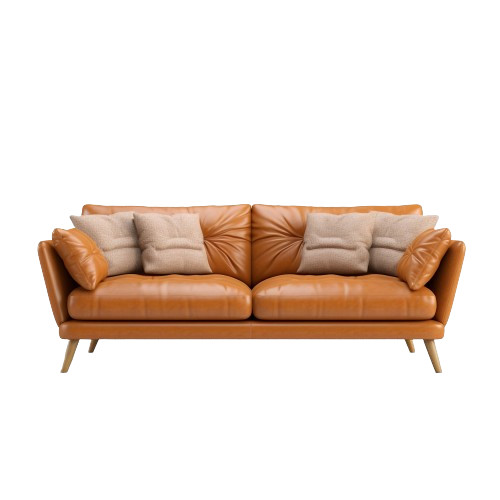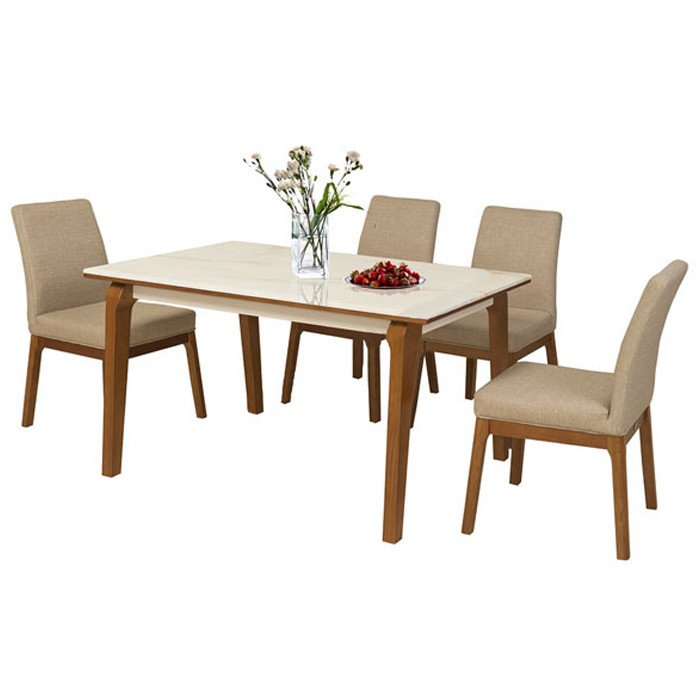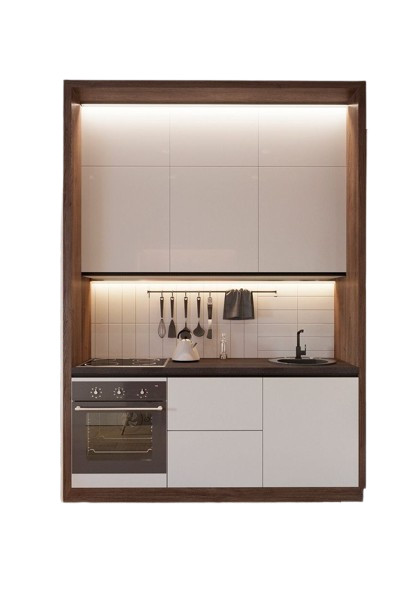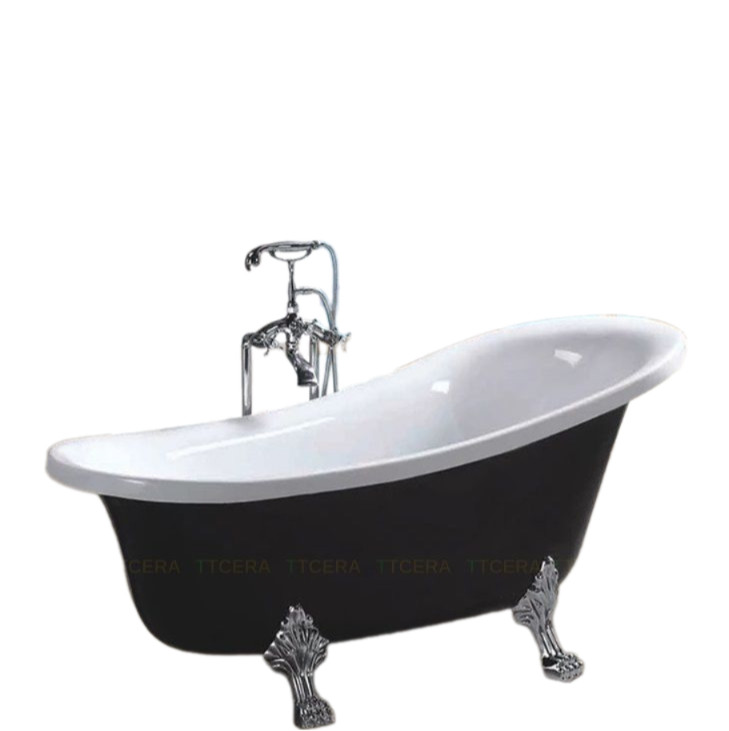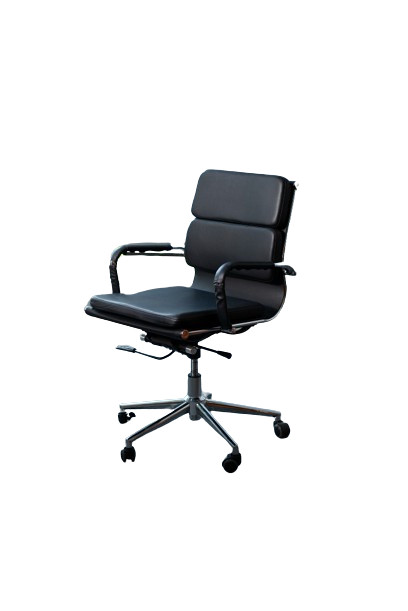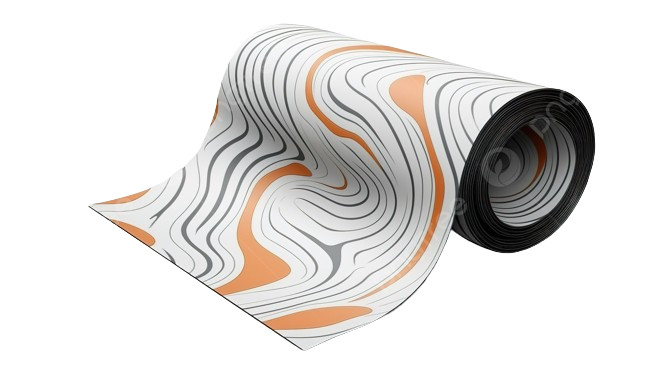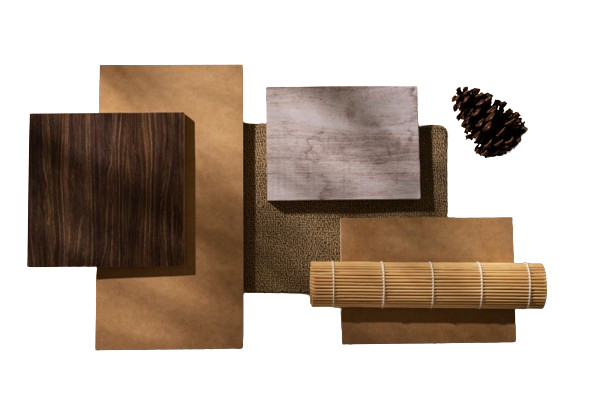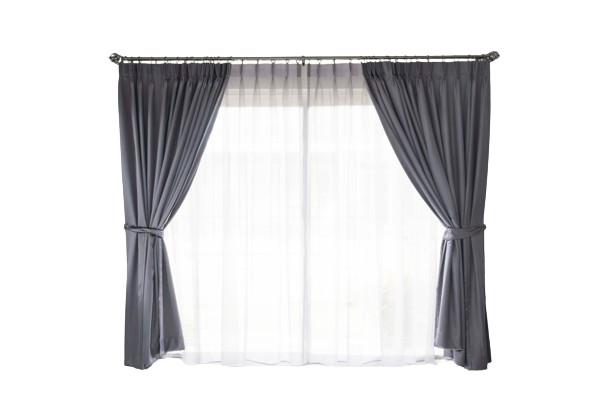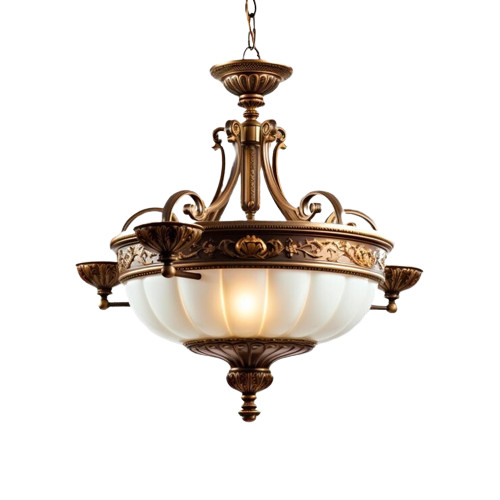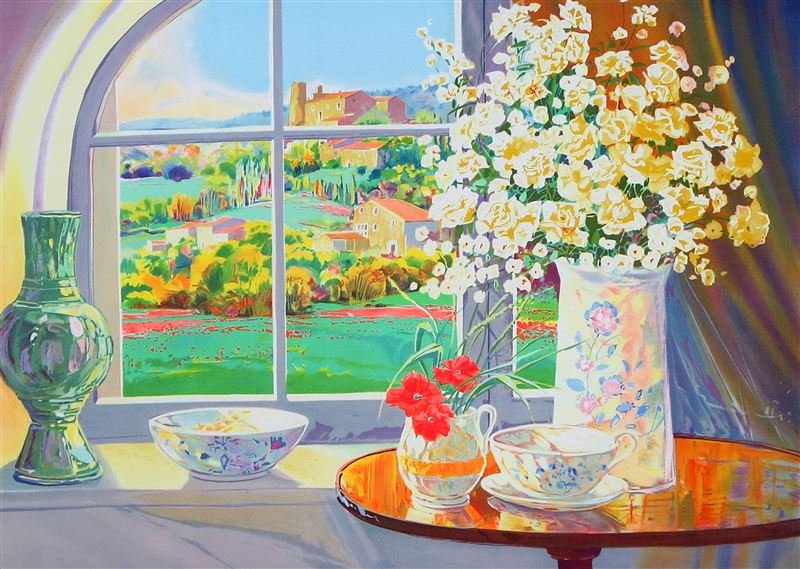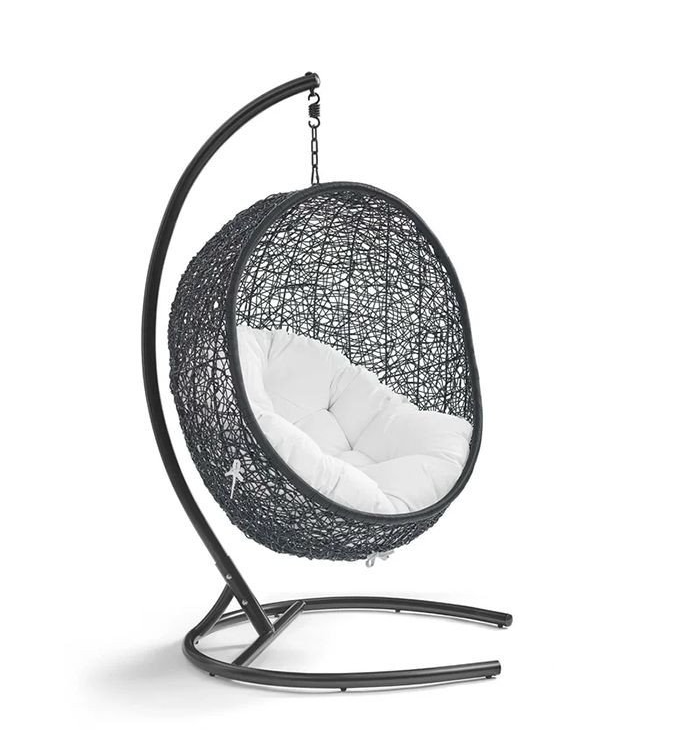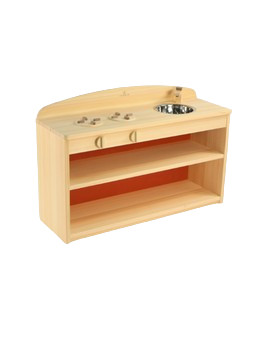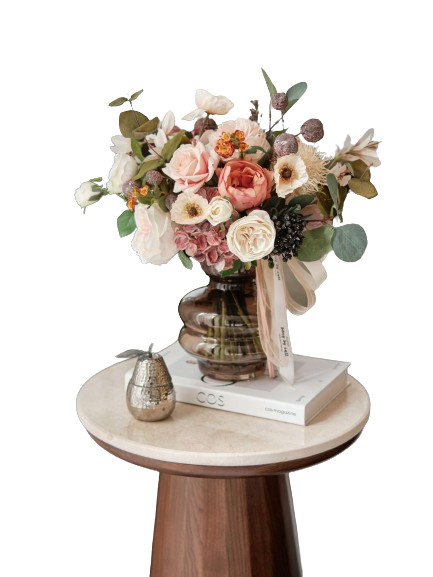ZEN INTERIOR DESIGN STYLE
BRING “MEDITATION” INTO WORK SPACE
Contemporary interior design, Nordic interior design, and neoclassical interior design are among the most modern and varied interior designs that are popular today. - A modern yet nostalgic look - Tourist-style retro. category: Free-spirited,... The use of Zen style into interior design imbues the area with a calm, serene aesthetic and a peaceful, tranquil atmosphere. Because it improves human focus, the Zen or meditation style is also a good option for show spaces or office interior design.
1. Zen-inspired interior design
- What is meditation?
"The combination of body and mind in the present time and space to recognize objects, phenomena, and ideas" is the definition of meditation in Buddhism. The goal of meditation is to calm the mind and clear it of any distracting ideas so that you may see the world and yourself in the most accurate and clear light possible."

Yoga refers to meditation as Dhyana, or "flow of the mind," which is a pure, highly focused state achieved when the mind is allowed to go freely. Hence, a moment of awareness and calm can be attributed to meditation. During meditation, the body and mind become one as the mind remains in the present moment, experiencing a calm flow. That is, drawing people's focus to the present and encouraging them to listen, feel, and use all of their senses to experience it.
- Why should the workspace's interior design incorporate meditation?
Regardless of viewpoint, meditation has an impact on people's capacity for concentration. This is crucial for the workplace to increase productivity. Viewers will feel as much as possible about the objects on display and the narrative that the artist want to tell when they concentrate on reality within the exhibition area. People are directed into space by design, while they are directed toward the present by "meditation." Space becomes the "present" when meditation is incorporated into workspace designs; all of your attention is now focused on the area you are a part of.

Get rid of anything that is a hassle to make the area more efficient and encourage focus
2. Zen interior design style
Zen design incorporates natural elements into the environment through a brilliant combination of minimalism and traditional Japanese interior design. Zen areas have a refined appearance that encourages a simple, outdoorsy lifestyle.
- Nature
# Simplify

Zen turns anything that clogs up the clean space into nothing at all, transforming simplicity into art. A Zen area should be calming, introspective, visually appealing, and welcoming. In order to encourage people to meditate in space and concentrate more on breathing and themselves, the space must be controlled and the number of visuals they view should be reduced.
# Expansion, unlimited
The enso circle, an open circle that contains quiet, no thought, and no thinking at all, is a concept that is frequently discussed in relation to meditation. Since a complete circle is perfection in and of itself, devoid of any limitations, we do not push ourselves to achieve it. When it comes to interior design, openness is the pinnacle of human perception and thought about space. The Enso circle can serve as an inspiration for patterns in interior design, fostering the creation of environments that encourage creativity.

Enso circle in meditation
- Characteristic
# The light
 An essential component of Zen interior design is lighting. Beyond practical use, Zen rooms' lighting is seen as art. Natural light, a light source that has health advantages and promotes a sense of calm and freshness, is always given priority in Zen architecture.
An essential component of Zen interior design is lighting. Beyond practical use, Zen rooms' lighting is seen as art. Natural light, a light source that has health advantages and promotes a sense of calm and freshness, is always given priority in Zen architecture.
# Color
In order to prevent confusion and attention, Zen style adheres to the principle of minimalism and employs soft, muted colors sparingly in one area. Among the hues are warm brown, beige, and white. We can use additional colors, such amber, dark orange, navy blue, or other natural colors, to add further highlights to the area.

Colors often used in Zen interior spaces
In addition to improving people's ability to employ their imagination and creativity, Zen color combinations and usage promote calmness and relaxation.
# Material
Materials that readily convey a natural feeling include wood, bamboo, etc. A lot of hardwood furniture, including dark brown or black wooden floors, give the room an opulent and exquisite appearance. Nature and simplicity have an alluring beauty. Natural materials like cotton and linen can also be used to create a soft, elegant space that makes people feel at ease and relaxed.

In Zen designs, natural materials are frequently utilized
# The peace brought by nature


By introducing meditation into space, people are also able to get closer to nature. Humans can easily achieve a state of neutrality, relaxation, and calm when they come into contact with nature. Zen interior design exudes sophistication and harmony with the natural world, creating an endless expanse of open space in architecture.
ADORN MUSEUM
Location: O-1, TM.01, 1st Floor, Orchid 1 Tower, Hado Centrosa Garden No.200 3/2 Street, Ward 12, District 10, Ho Chi Minh City, Viet Nam.
Hotline: (+84) 28 3930 3428
E-mail: support@adornmuseum.com
Operation time:
8:30 - 17:30, Monday - Friday & 8:30 - 12:00, Saturday


